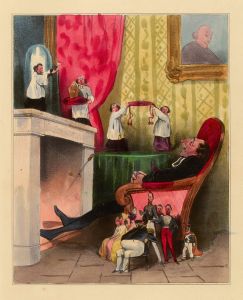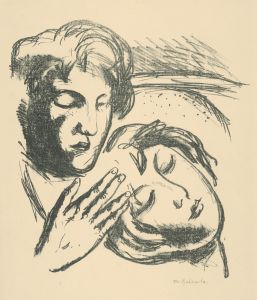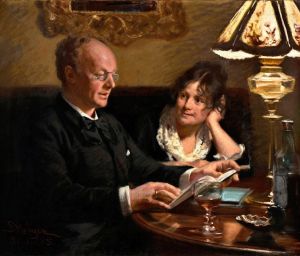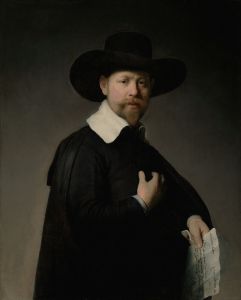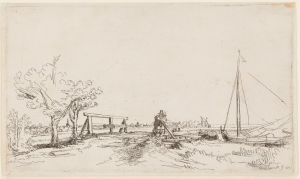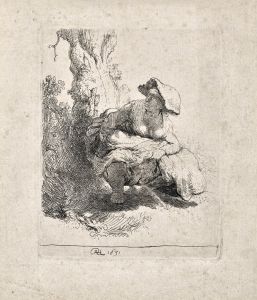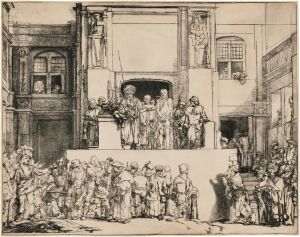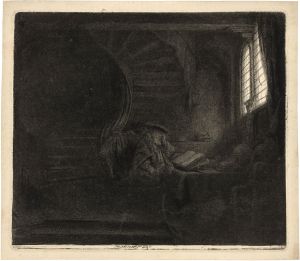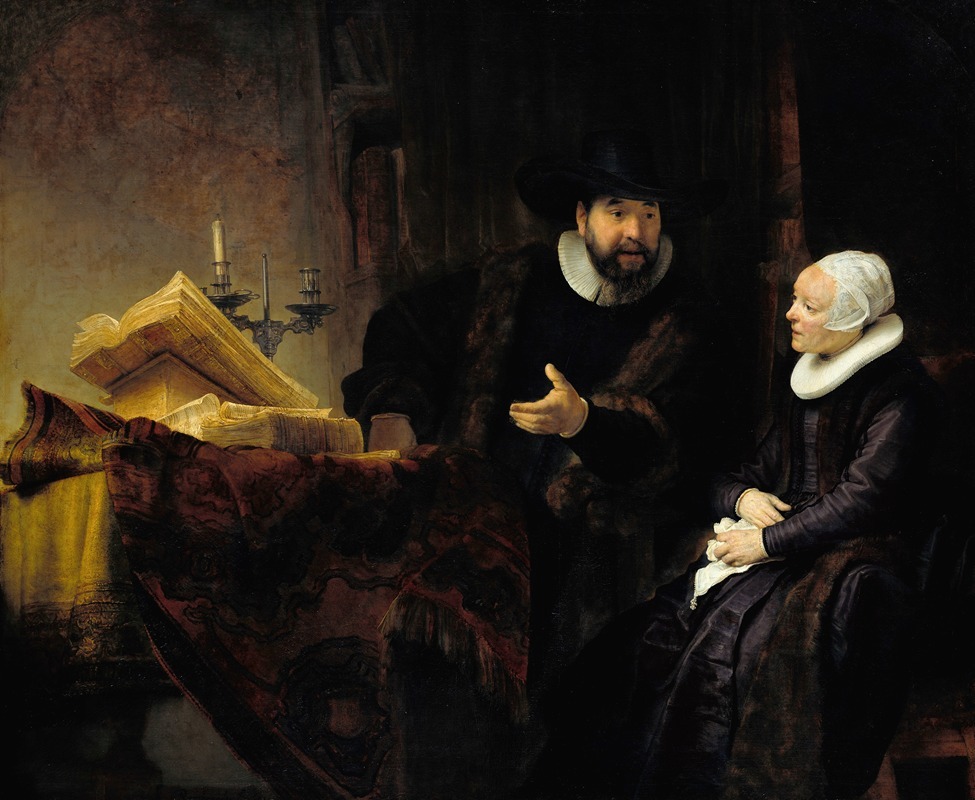
The Mennonite Preacher Anslo and his Wife
A hand-painted replica of Rembrandt van Rijn’s masterpiece The Mennonite Preacher Anslo and his Wife, meticulously crafted by professional artists to capture the true essence of the original. Each piece is created with museum-quality canvas and rare mineral pigments, carefully painted by experienced artists with delicate brushstrokes and rich, layered colors to perfectly recreate the texture of the original artwork. Unlike machine-printed reproductions, this hand-painted version brings the painting to life, infused with the artist’s emotions and skill in every stroke. Whether for personal collection or home decoration, it instantly elevates the artistic atmosphere of any space.
"The Mennonite Preacher Anslo and his Wife" is a painting by the renowned Dutch artist Rembrandt van Rijn, created in 1641. This artwork is a double portrait, depicting the Mennonite preacher Cornelis Claesz Anslo and his wife, Aaltje Gerritsdr Schouten. Rembrandt, known for his masterful use of light and shadow, as well as his ability to capture the human soul, brings these qualities to this painting, making it a significant piece in his oeuvre.
Cornelis Claesz Anslo was a prominent figure within the Mennonite community in Amsterdam during the 17th century. The Mennonites, a Christian Anabaptist denomination, were known for their emphasis on pacifism, simplicity, and community. Anslo was not only a preacher but also a respected leader within this group, and his influence extended beyond his religious duties. His wife, Aaltje Gerritsdr Schouten, is portrayed alongside him, emphasizing the importance of partnership and support in their lives.
The painting is notable for its composition and the way Rembrandt captures the interaction between the couple. Anslo is depicted in the act of speaking, his hand raised as if making a point or delivering a sermon. This gesture highlights his role as a preacher and a man of words. His wife, Aaltje, sits beside him, listening attentively, her presence suggesting her supportive role in his life and work. The intimacy and connection between the two are palpable, showcasing Rembrandt's ability to convey deep human relationships.
Rembrandt's use of chiaroscuro, the contrast between light and dark, is evident in this painting. The light falls on Anslo's face and hands, drawing attention to his expressive features and gestures. This technique not only adds a dramatic effect but also serves to highlight the intellectual and spiritual aspects of the preacher. The background is kept relatively dark, ensuring that the focus remains on the couple.
The painting is also a testament to Rembrandt's skill in rendering textures and details. The clothing of Anslo and his wife is depicted with meticulous attention, from the folds of the fabric to the subtle play of light on their surfaces. This attention to detail extends to their facial expressions, which convey a sense of wisdom and calm.
"The Mennonite Preacher Anslo and his Wife" is housed in the Gemäldegalerie, part of the Staatliche Museen zu Berlin in Germany. It remains an important work for its portrayal of a significant historical figure and his partner, as well as for its demonstration of Rembrandt's artistic prowess. This painting not only captures a moment in time but also offers insight into the lives and values of the Mennonite community in 17th-century Amsterdam.
In summary, Rembrandt's "The Mennonite Preacher Anslo and his Wife" is a masterful double portrait that exemplifies the artist's skill in capturing human emotion and interaction. Through his use of light, composition, and detail, Rembrandt provides a window into the lives of Cornelis Claesz Anslo and Aaltje Gerritsdr Schouten, making this painting a valuable piece of art history.





